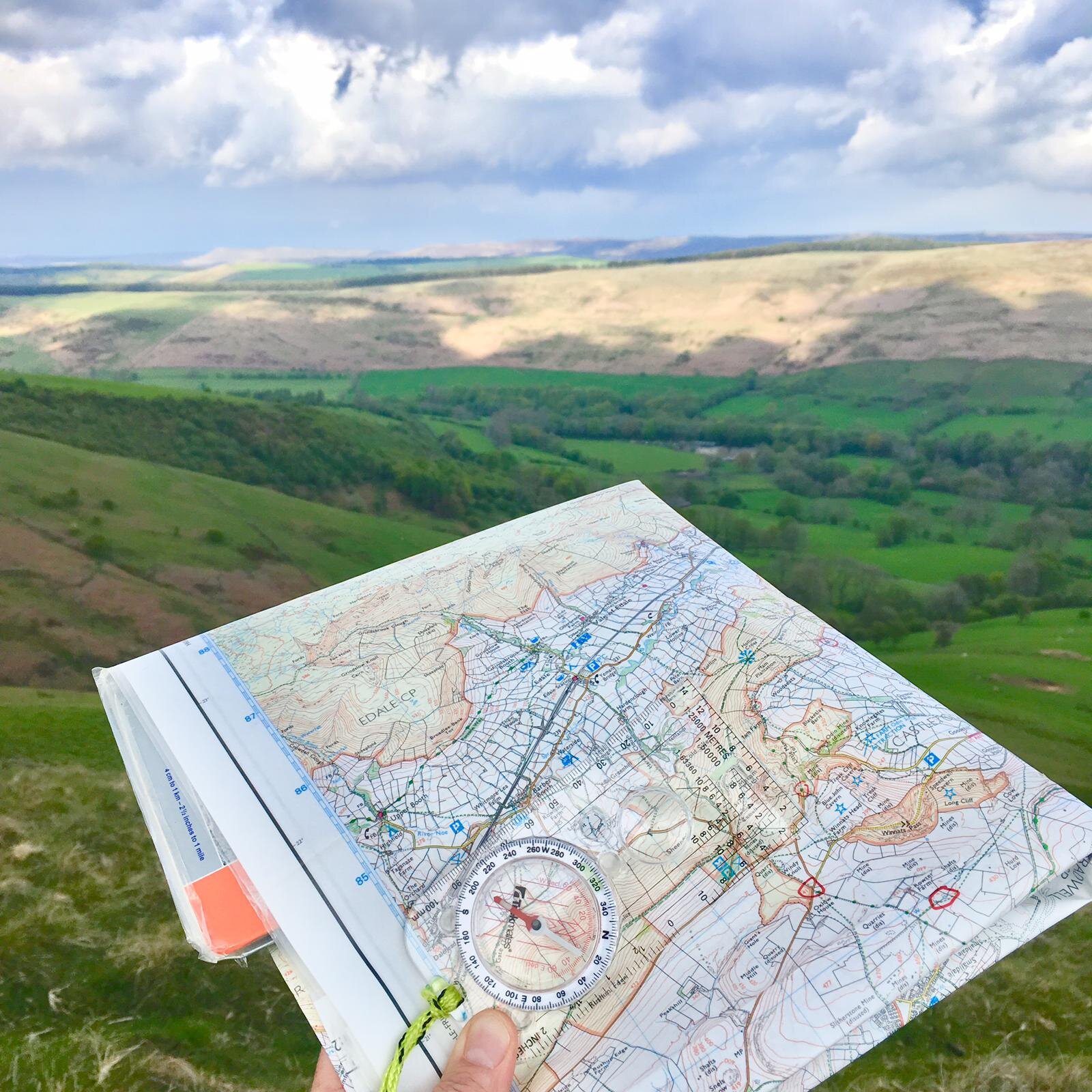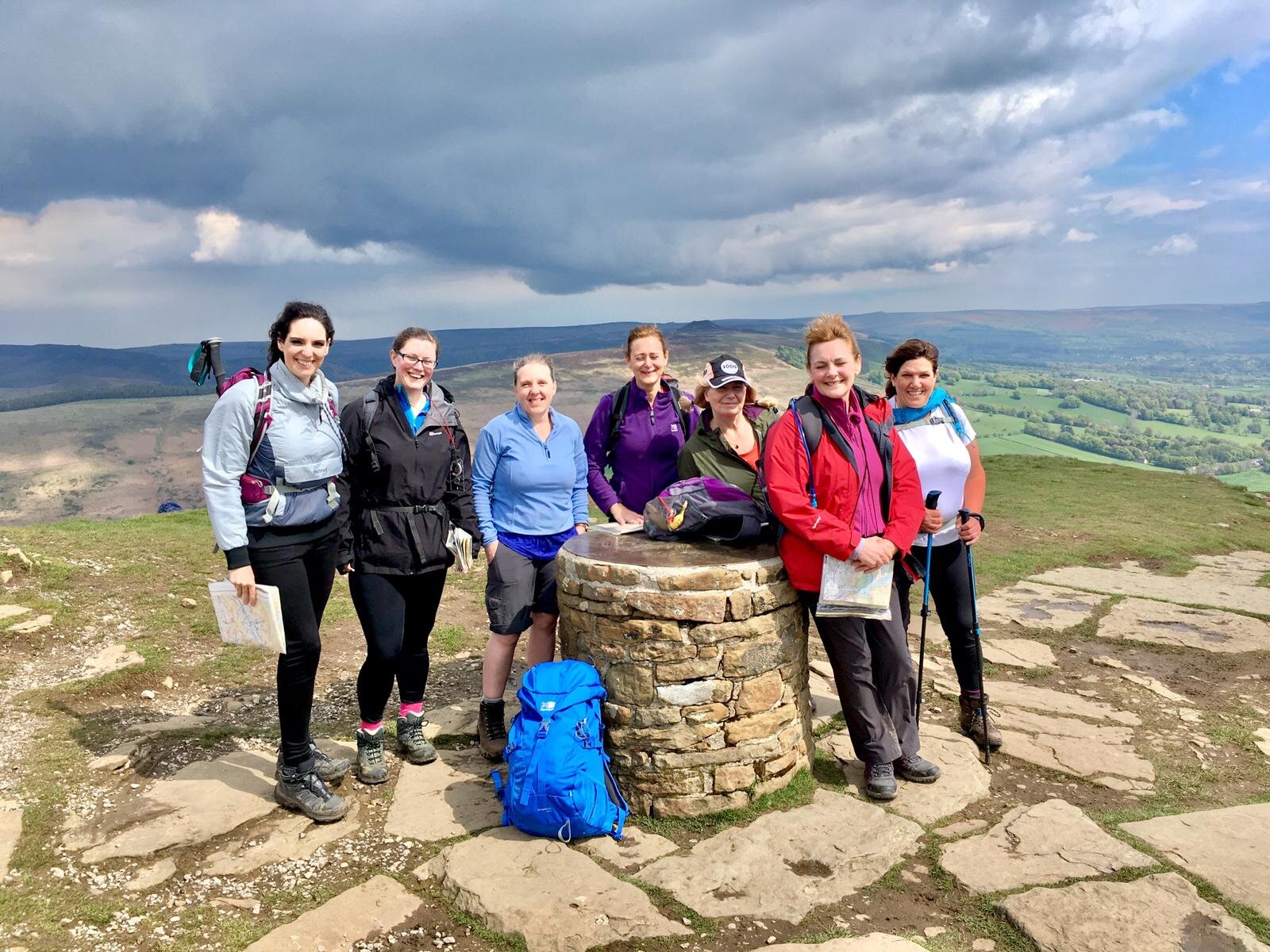Why learn mountain or hill navigation?
If there's any one skill most associated with exploring the outdoors, it's the ability to know where you are and how to get to where you want to go. Or quite simply, mountain navigation.
For someone new to walking or who is used to being quite happy following a leader, navigating well can seem like a huge hurdle, or simply something you never think you'll need.
But everyone can benefit from some ability to navigate, and luckily with navigation courses on offer for complete beginners upwards, the skills are within your reach, and even if you're still quite happy following a leader, the knowledge to read a map can open up the landscape to you like never before.
The best place to start is with the hard truth, which is that navigating well is vital for safety in the hills, and someone in every group needs to be able to do it. Knowing where steep drops are, how to get to the only footbridge across a river, or where to go when the mist comes down are all examples of how navigating is part of every walk.
Likewise, going off course when there are steep drops, rivers, or reduced visibility can at the very least turn a nice day out into a frightening experience, and at worst could lead to a serious incident.
Alongside the use of navigation when looking out for hazards or walking in the mist, it also gives you the freedom of the hills. The ability to read maps and use a compass suddenly opens up every mountain in Britain to you, and the possibilities are endless. Navigation begins long before you put your boots on, when you're scouring over the map trying to decide on where to go and what looks like a good route.
Even if you're on a walk with a leader who is navigating for you, there's nothing stopping you bringing your own map and using it to work out what hills you're looking at and where the trail goes. You may even come up with ideas for future trips! If you've been on a navigation course and still haven't quite got the confidence to go out on your own, this tactic is a great next step to improving your ability.
Aside from the usual features we're used to in the outdoors, of hills and streams and forests, navigation and map reading are unique routes to learning about the history of the countryside. Suddenly the mounds of earth realise their true heritage as neolithic burial mounds, or the initially random piles of stones on the hillsides are revealed as ancient settlements.
The straight track you are following may be a Roman road, and what looks like a flat field could once have been a Medieval village. You'll also see where the more modern freedoms of the right-to-roam begins and ends in the hills of England and Wales, and perhaps crucially, whether there is a pub in the next village.
The main message to give to anyone thinking about learning to navigate is that you shouldn't be put off because it seems overly complex. Very little navigating involves taking bearings across bleak moorland in zero visibility; it is just the fundamental skill of knowing where you are and using the features in the landscape to get you to where you want to be.
Every good navigation course has an element of progression, starting at an easy level and working your way up. And if one day you do find yourself on a mountainside in a cloud, even a basic introduction will be better than no knowledge at all.
SEE ALL OF OUR UPCOMING NAVIGATION DAY COURSES AND WEEKENDS...


